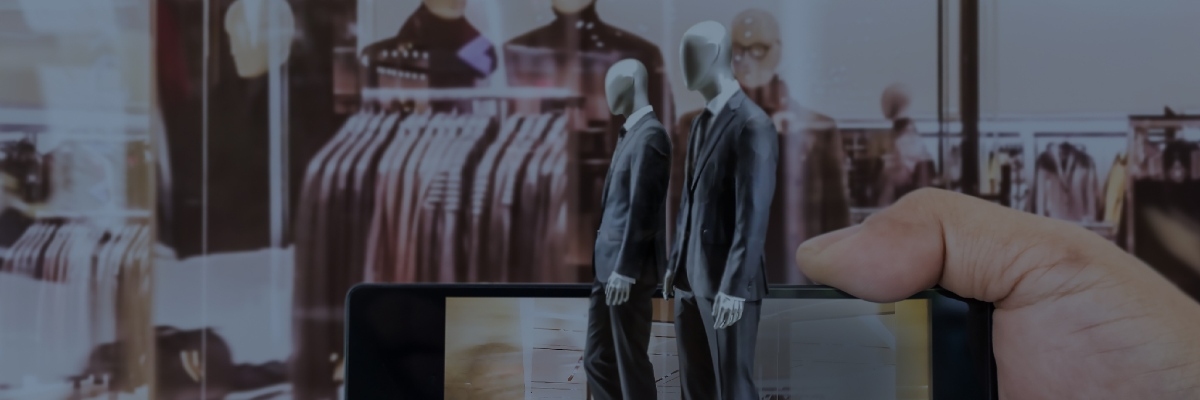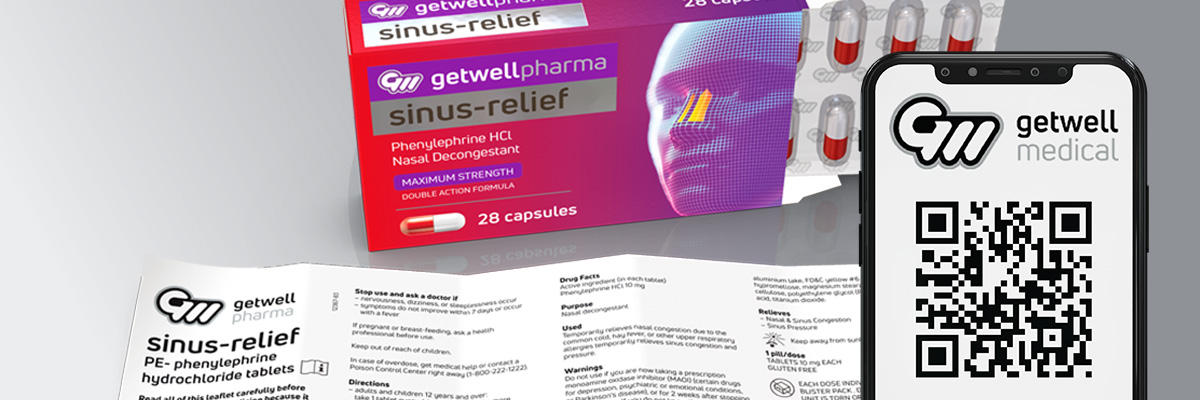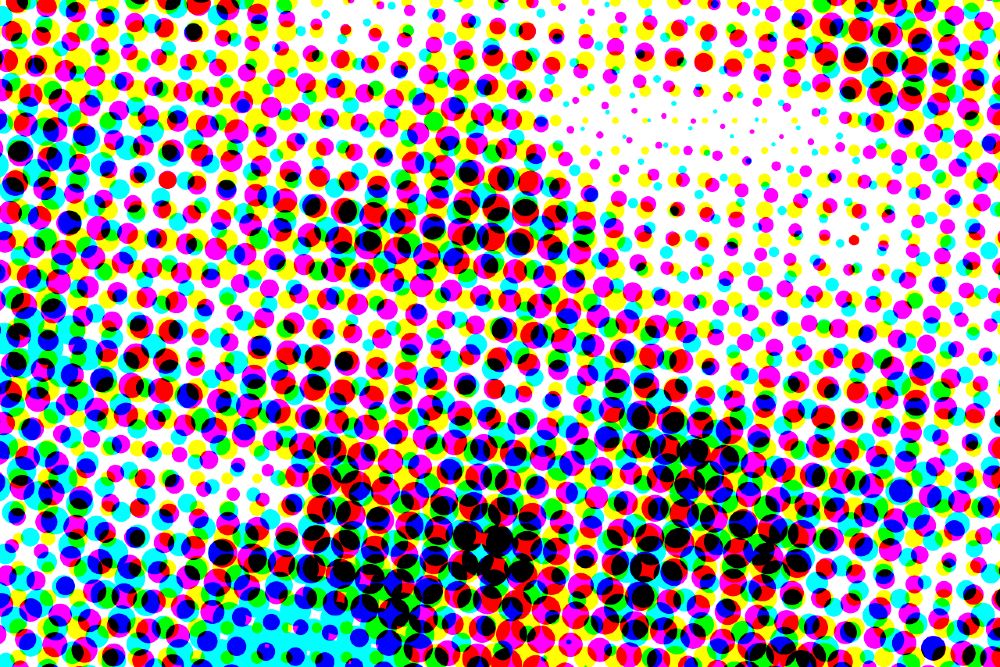Packaging design and marketing departments work together to bring content and product imagery to all your distribution channels. Want maximum shelf impact? You need to leverage the latest 3D technology to design and market products. Let’s explore how to deliver images for ecommerce, in minutes, using the assets you have already created.
The Role of Design
There are key challenges in the design process that slow speed to market and minimize shelf impact. According to Forrester, 52% of brands struggle to pull all components and assets together, while 48% don’t conduct brainstorming with collaborators early enough, and 42% have a hard time keeping review cycle deadlines.1
Oftentimes, designers struggle with inconsistent quality because they create in 2D and must frequently rework artwork. Increased pressure for more images and content leaves less time for design. While designers may create several design concepts, without the appropriate consumer insight tools, they have no way to evaluate the impacts of their designs.
The Role of Marketing
Once designs are created and approved, they’re sent to marketing to be distributed via ecommerce channels. However, getting the right content to the right channel isn’t as easy as it may sound. Marketers have their own pain points that inhibit a brand’s success.
For example, the budget for outsourcing content quickly becomes exhausted, leading to overruns. Product launches are delayed when deadlines are missed. Without effective communication between design and marketing teams, stakeholders cannot visualize how the final packaging will look.2 If product images do not match the printed packaging or each other, inconsistencies and errors occur. The release to ecommerce is then slowed because components from multiple sources are often manually collected and delivered.
Content Creation Challenges
According to Forrester, many organizations face content creation challenges. Many brands struggle to understand whether or not content is valuable to the consumer. Legal and regulatory approvals are cumbersome, time-consuming, and confusing. Communicating and working with various external agencies is exhausting, and processes are primarily manual.3 Additionally, nearly a quarter of brands believe extending content strategies to packaging is a top challenge in content creation. Let’s consider an example of 3D technology helping brands scale their content creation processes.
Creating 3D Packshots in Minutes
Why is there such a disconnect between content creation and packaging? Packaging is 3D. Logically, design should be 3D also. When stakeholders cannot visualize how the final packaging will look, they create physical prototypes and photograph actual products to create packshots, both of which have long lead times and approval cycles. 3D technology eliminates this step by enabling stakeholders to view, markup, and approve in a standard browser in 2D and 3D for clearer communication, more efficient design practices, and far less time.
So, how does it work? Computer generated imagery (CGI) enables brands to create the required images and packshots in minutes, from the same assets that produce the physical packaging. We’re talking about automating packshot creation.
Automated Packshots is a module within Esko’s WebCenter, a creative workflow management tool. Automated Packshots uses CGI to produce photorealistic images by using your approved artwork, labels, and specifications. Creating packshots can be added as an automatic process step in your workflow, which enables your teams to be more productive. The packshots can be pre-set to generate the required views based on GS1 standards and varying ecommerce requirements.
Automated Packshots give packaging design and marketing teams more capacity to meet demand. Creating content in 3D enables them to create and publish product content and images faster than before, improving launch readiness.
Whether it’s personal or business, good communication is essential for success. Designers and marketers must take advantage of the latest technology to stay on the same page throughout the content creation process and ensure the best results are achieved.










